People matter more than marble. Training is more important than the chandeliers. Consistency matters more than glitter. For Nepali hospitality to grow strong, locally and globally, investment in human capital is a dire need for today.
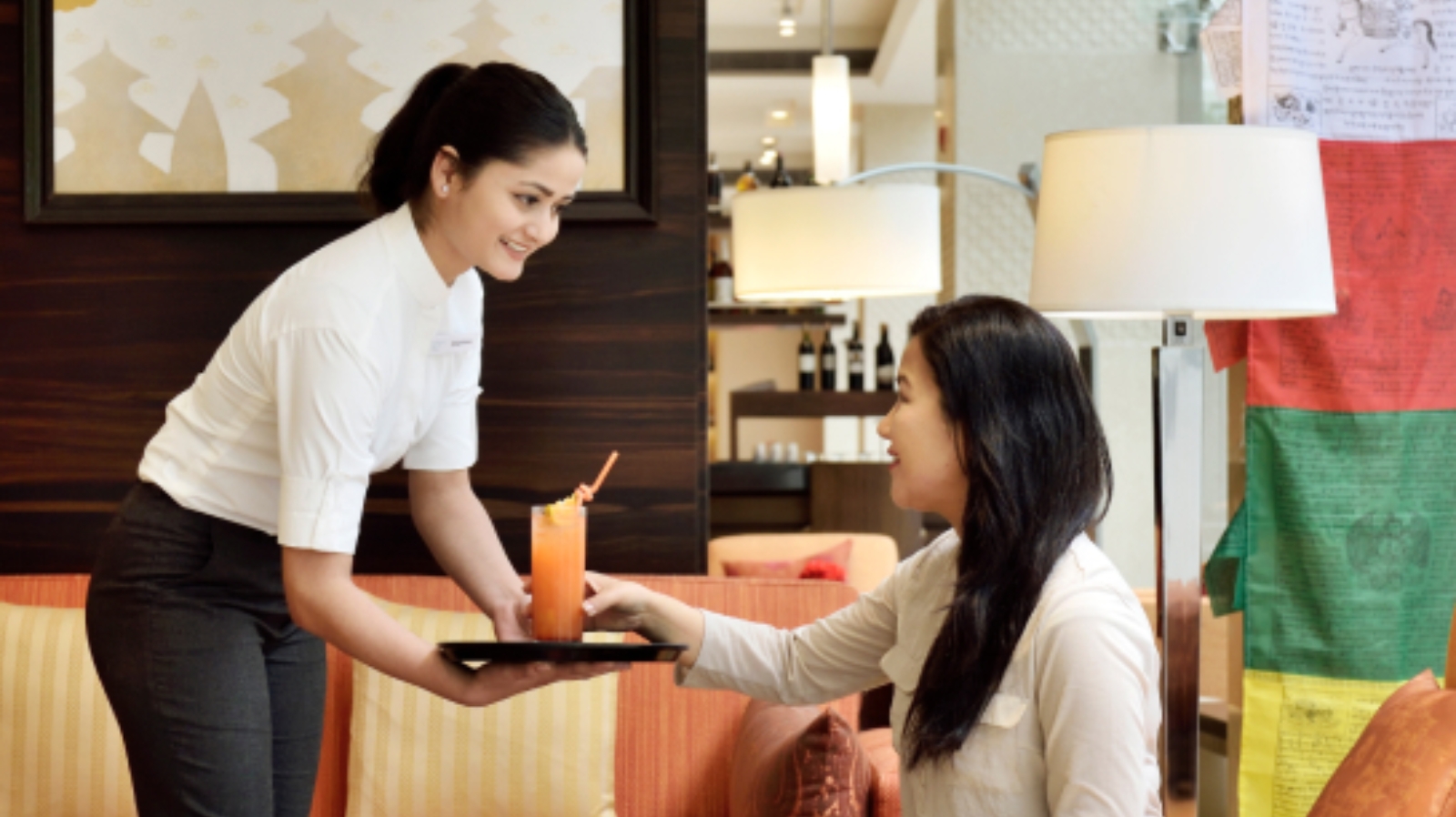

People matter more than marble. Training is more important than the chandeliers. Consistency matters more than glitter. For Nepali hospitality to grow strong, locally and globally, investment in human capital is a dire need for today.
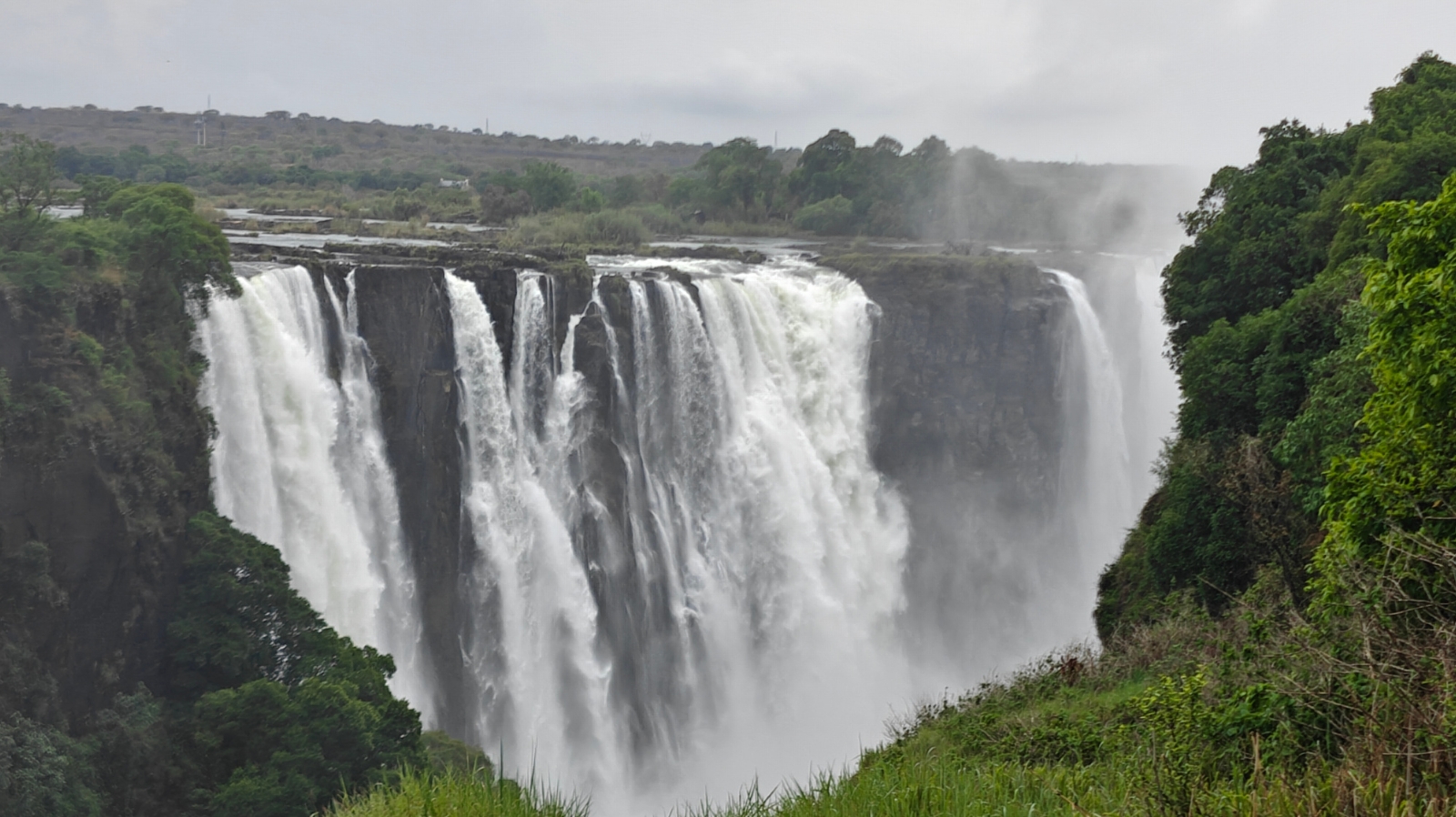
In 2024, Zimbabwe welcomed 1.6 million visitors, while Nepal welcomed 1.2 million visitors. However, the tourism earnings of Zimbabwe is USD 1.2 billion compared to Nepal’s USD 700 million.

Introduction Nepal’s economy leans heavily on tourism, which contributes roughly 6.7% to 8% of GDP and draws over a million visitors in a good year. This dependence means that any crisis – natural or man-made – can deal a severe blow to livelihoods. In the past decade, Nepal has weathered multiple shocks: the devastating 2015 […]
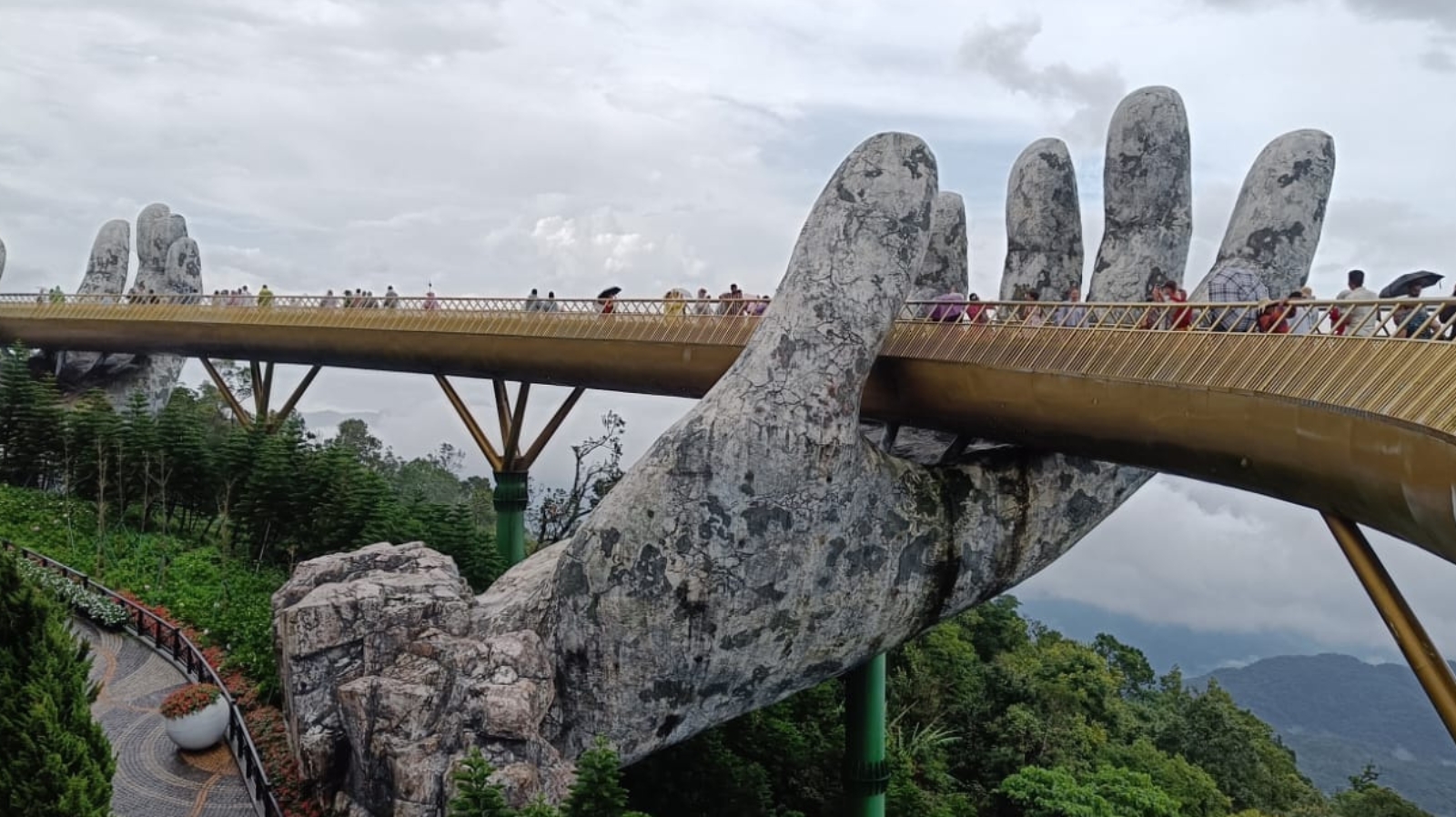
Nepal can learn from Vietnam that tourism transformation does not begin with mere grand investment but with everyday discipline, service excellence and civic pride, in short, getting the basics right.
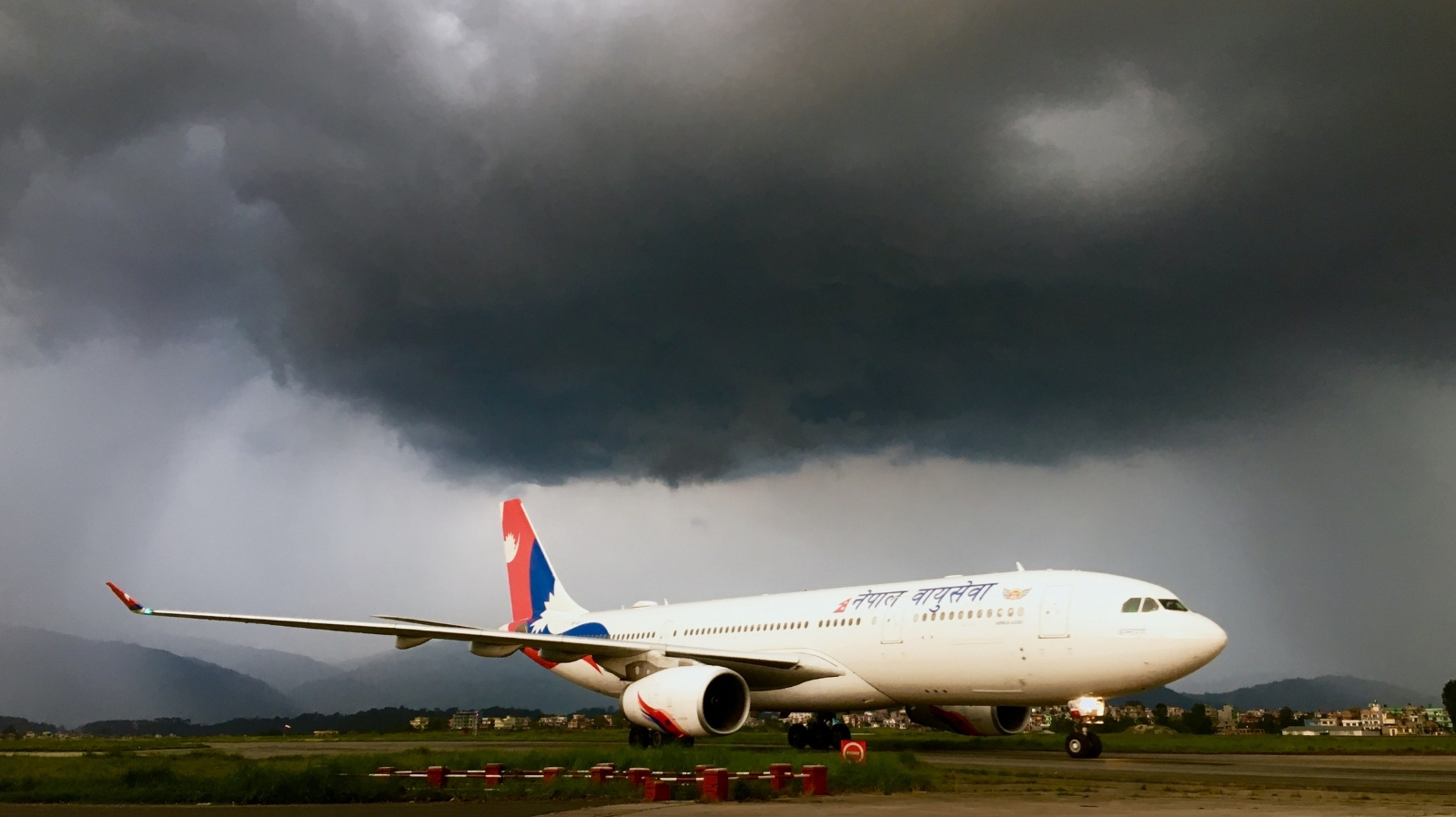
While Nepal has significantly expanded its aviation infrastructure, key challenges in governance, feasibility planning, and geopolitical diplomacy continue to hinder the sector’s potential.
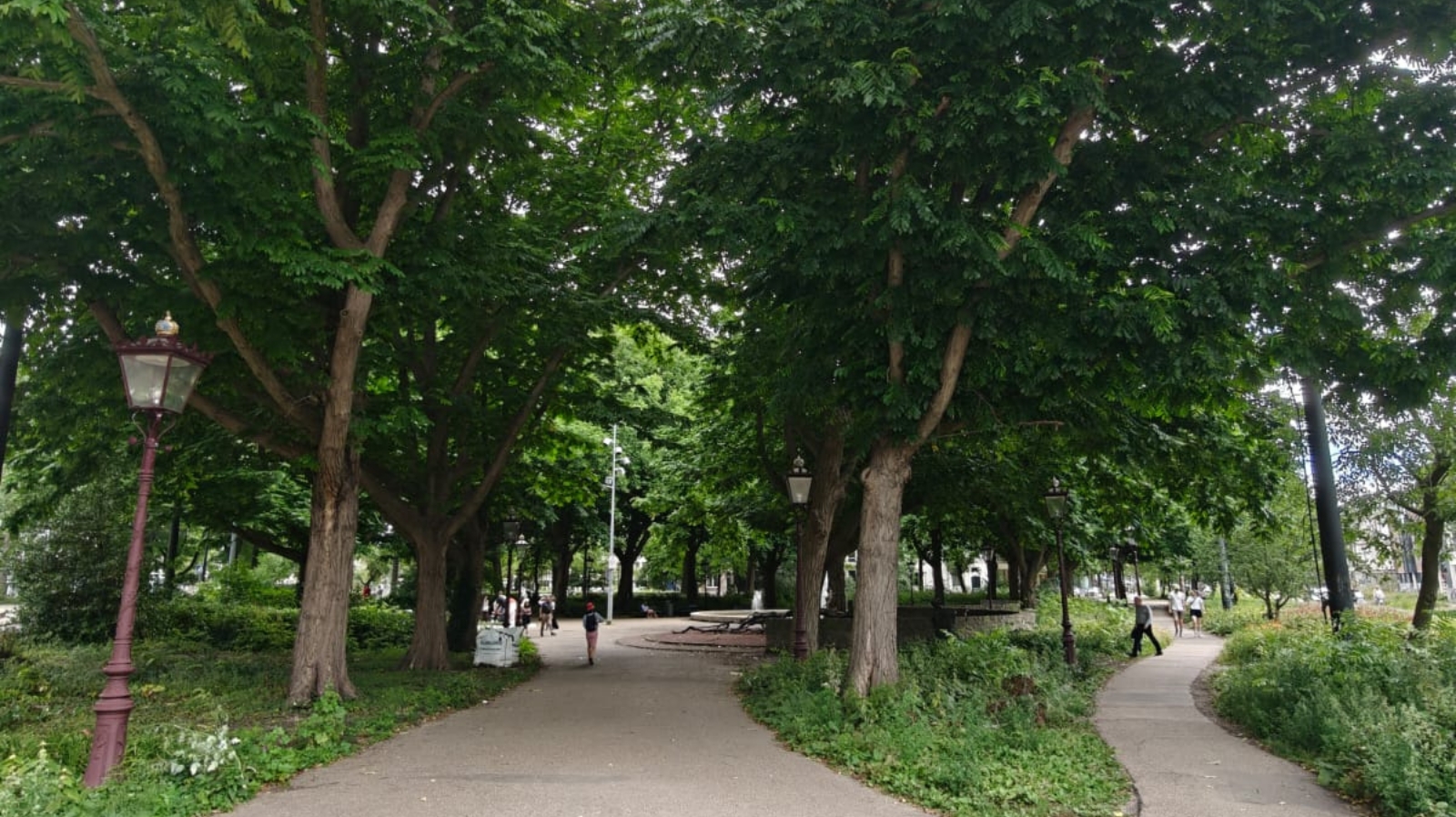
Traveling through Europe reveals practical lessons Nepal can adopt – from pedestrian zones and open spaces to sustainable forestry and quality tourism.